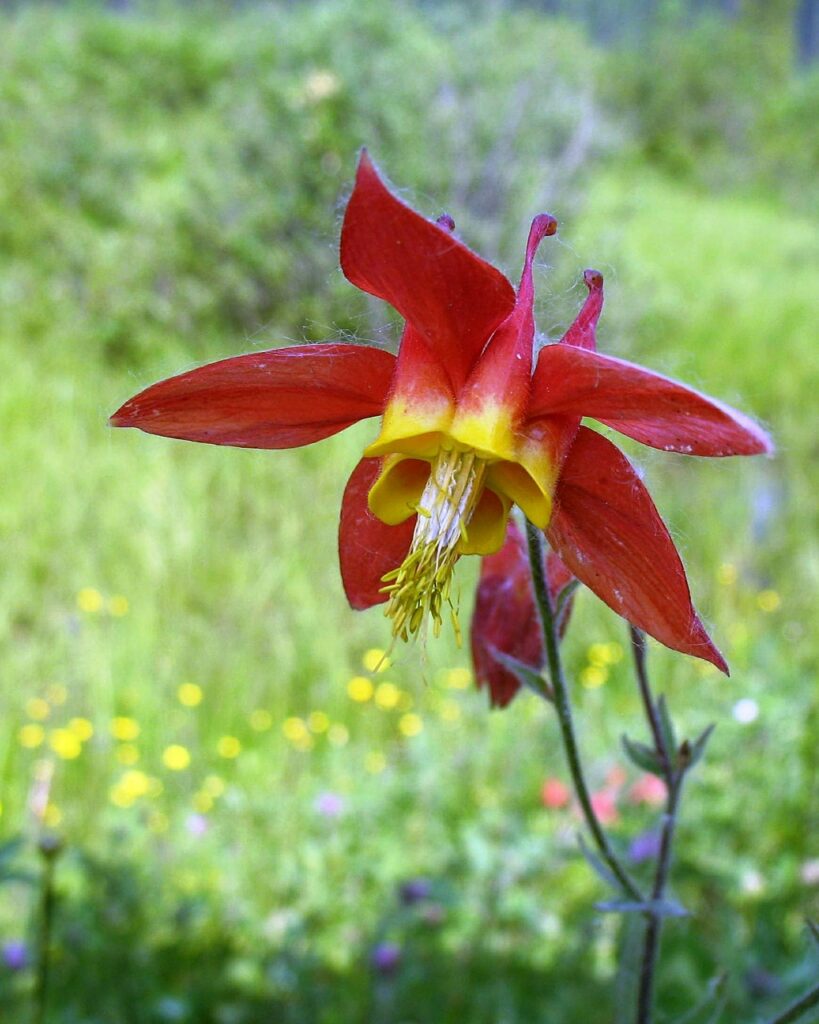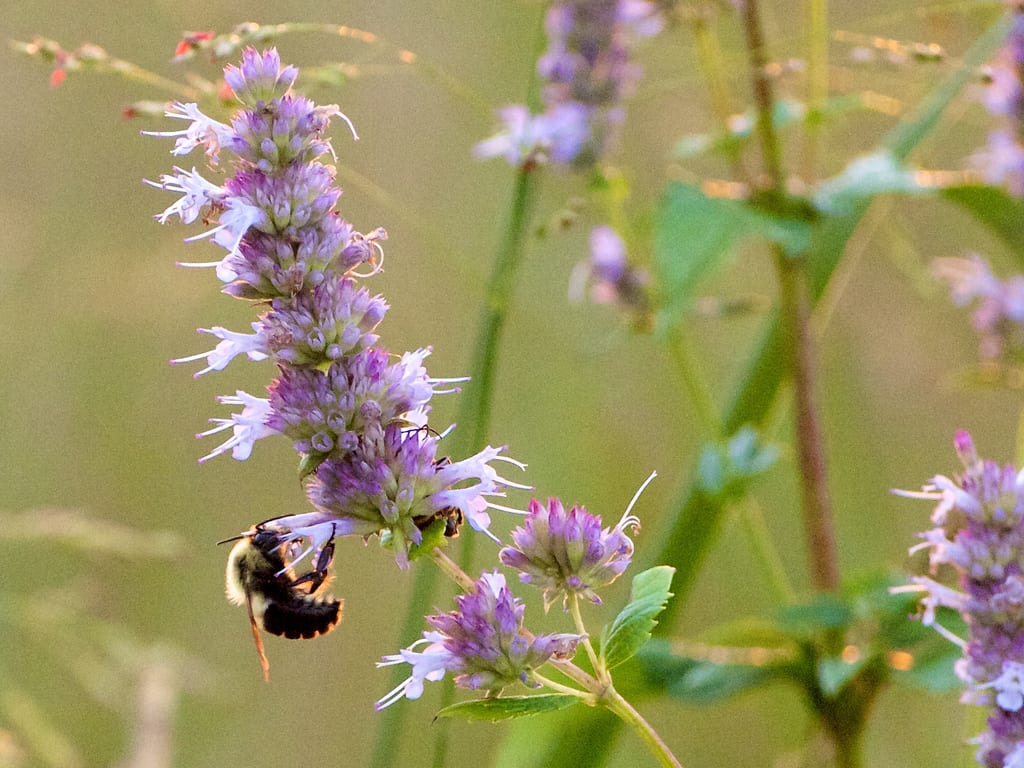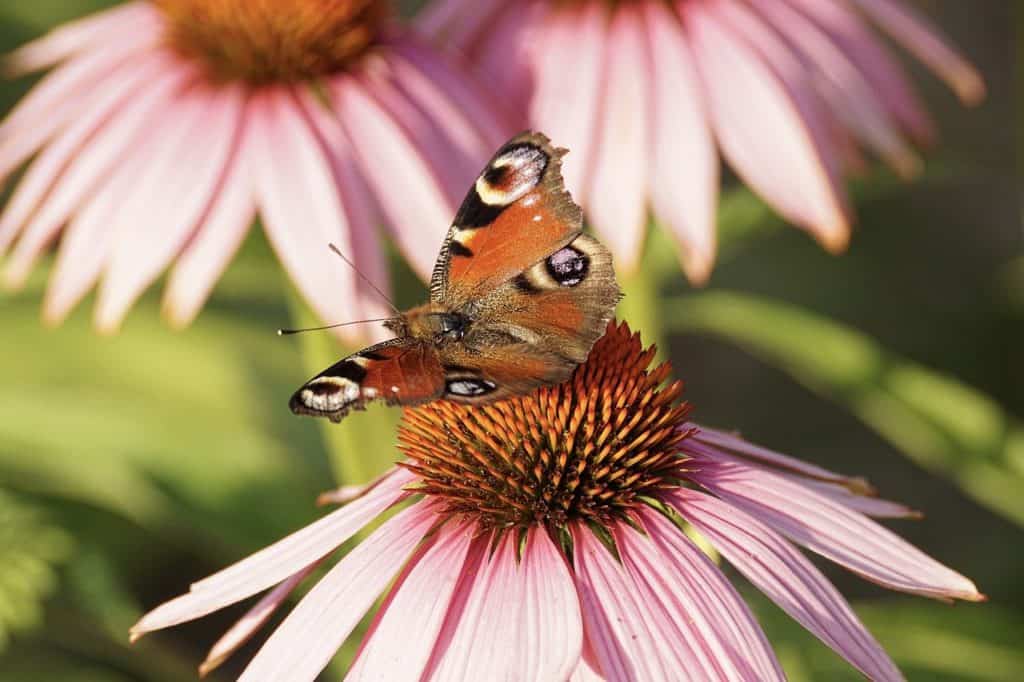Native Plant Profile: Aquilegia canadensis
Aquilegia canadensis is a charming, springtime perennial herbaceous plant, native to eastern North America. It typically grows to a height of 1 to 2 feet (30 to 60 cm) and spreads about 1 foot (30 cm) wide.
Common Name: Eastern Red Columbine
Peak season of interest: Spring, usually April thru early May, when the plant features delicate, nodding, red and yellow flowers with distinctive spurred petals. The blooms resemble a cluster of upside-down bells, adding a charming elegance to gardens and natural landscapes. Its foliage consists of lacy, fern-like leaves, which provide a lush backdrop to the vibrant flowers, going dormant during hot weather, the foliage may reappear in fall, prior to full winter dormancy.



Hardiness Zones: Aquilegia canadensis thrives in USDA hardiness zones 3 to 8.
Sunlight: It prefers partial shade to full sun, though it appreciates some protection from intense afternoon sun in hotter climates.
Soil: Well-drained, moist soil rich in organic matter is ideal for optimal growth. However, this plant is adaptable and can tolerate a range of soil types.
Watering: Regular watering is essential, especially during periods of drought. Mulching around the base of the plant helps retain soil moisture.
Propagation: Eastern Red Columbine can be propagated from seeds or by division in early spring or fall. Seeds should be sown directly in the garden or started indoors before the last frost date.
Backyard and Landscaping Uses: Aquilegia canadensis is a versatile plant that adds a pop of color and texture to various garden settings, including woodland gardens, native plant gardens, and rock gardens.
Companion plants: Plant with shade loving native ferns and celandine poppy or woodland phlox for long-season interest. It attracts early-season pollinators such as bees, butterflies, and hummingbirds, making it a valuable addition to wildlife-friendly landscapes.
Aftercare Tips: Deadheading spent flowers promotes prolonged blooming and prevents self-seeding, although some gardeners may welcome the appearance of volunteer seedlings, often considered a short-lived perennial, so self-seeding should be encouraged.
In regions with hot summers, providing afternoon shade and ample moisture can help prevent leaf scorch and maintain plant vigor. Avoid overhead watering to reduce the risk of fungal diseases, particularly in humid climates.
Caution: As with many plants all parts of Aquilegia canadensis are considered toxic if ingested and may cause skin irritation in some individuals. Exercise caution when handling this plant, especially if you have pets or young children.
Aquilegia canadensis is a charming and resilient perennial that adds a touch of grace and color to gardens while providing valuable habitat for pollinators.



